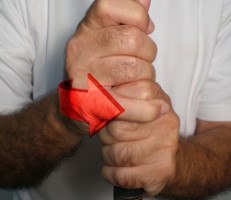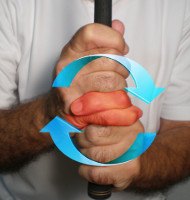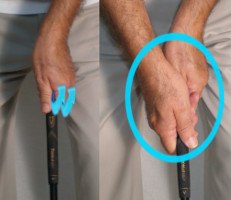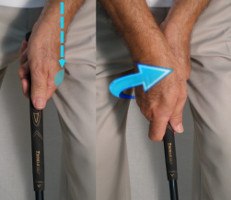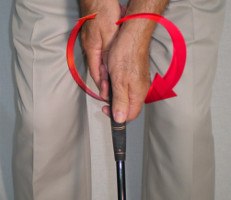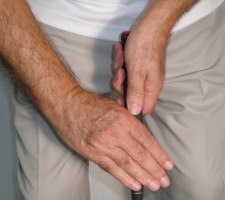Pros and Cons of Every Golf Grip Style |
Best Grip? Overlapping vs Interlocking |
Grip style: Interlocking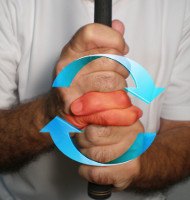 |
Hand position: strong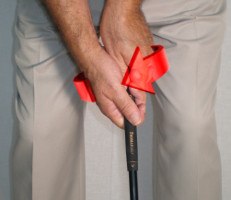 |
Putting grip style / hand position: Reverse overlap
|
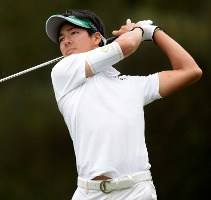
When watching Ryo Ishikawa grip the golf club, you might notice that something seems odd. But you may have trouble putting your finger on it, so to speak.
It’s not a flaw in the young Japanese star’s technique. It’s more like a quirk. See, his left index finger is extended, rather than wrapped flush to the right hand as it pokes through the pinky and ring fingers.
It’s no big deal, really. If you share Ishikawa’s interlocking grip style, however, you might want to check your own left forefinger. If it’s too relaxed, you could lose control of the club at the top of the backswing. Clearly, Ishikawa does not.
Speaking of control, Ishikawa likes to grip down about an inch for most full shots, joining Rickie Fowler among the handful of pros who do so. Gripping down (aka choking up) effectively shortens the club and enhances control. You may sacrifice a little distance in the process, but not necessarily. Better clubhead control often leads to better ballstriking, which generates longer shots.
Ishikawa’s slightly strong grip – left hand cocked just a hair to his right – is an excellent model for amateur golfers: strong enough to promote a full release and generate some extra power, but not so strong as to cause big hooks.
Ryo Ishikawa’s grip on the putter is a good one as well. His hands are placed neutrally on the handle and stationed a few inches ahead of the ball, leaning the shaft toward the target. His grip pressure is light, his stroke steady as a metronome.
